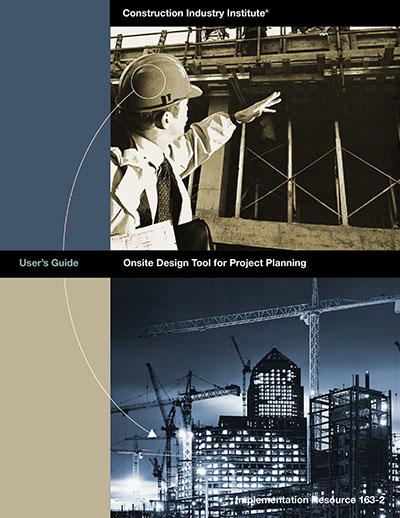
Onsite Design
The process of delivering capital projects is both information intensive and information dependent. The communication interface between design and construction is undoubtedly one of the most critical points of information exchange within a project. When the communication of design information is timely, unambiguous, and easily understood, downstream construction activities are more efficiently performed. As such, improvements to the communication interface between design and construction will likely benefit all measures of project performance including safety, quality, schedule, and cost.
Performing selected design activities onsite, to some degree, is a commonly employed technique to improve the design/construction communications interface. However, the extent to which onsite design is utilized varies widely between projects and is understood to be a function of the project’s scope, complexity, location, team composition, execution strategy, and many other factors. An important question to answer is “when” and “how much” onsite design should be employed to favorably influence project performance for a given set of project conditions. The CII Evaluating Onsite Design Project Team was created to address this issue. A computer based decision support tool was developed that permits users to identify specific design activities that should be performed onsite to maximize the likelihood that selected performance measures will be met or exceeded. Additionally, the tool allows users to quickly and simply generate onsite design strategies for the various project phases and for combined, or multiple decision criteria.
The research found conclusive evidence that onsite design is beneficial and contributes to project success. Previous CII research was referenced to generate a comprehensive list of 29 project performance measures. These performance measures are broadly categorized as being related to safety, quality, schedule, and cost. It is important to note that projects utilizing onsite design were more constrained by cost, schedule, and technical complexity than projects not using onsite design. Even so, projects utilizing onsite design performed as well as those projects not utilizing onsite design in every performance measure category. Furthermore, the research found that effective implementation of an onsite design strategy significantly improved 16 of the 29 project performance measures.



